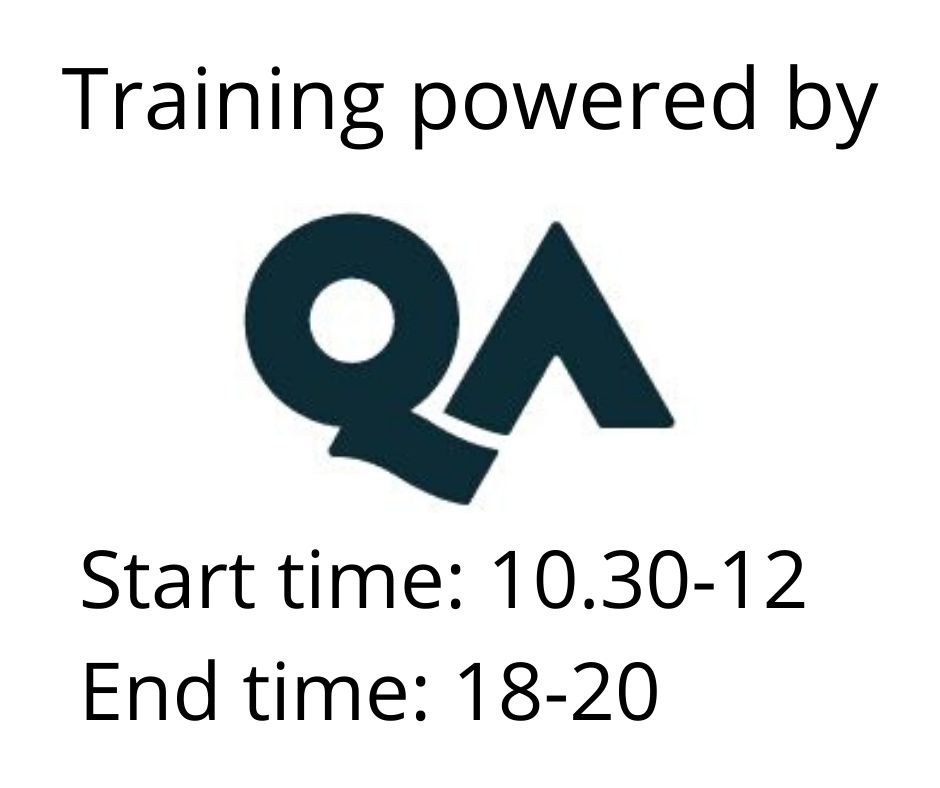Advanced Transact-SQL Querying, Programming and Tuning
Osallistumismuoto
Remote
Kesto
5 päivää
Hinta
4013 €
Master your T-SQL Querying, Query Tuning and Programming skills. Create highly efficient solutions to your common business tasks.
This course is intended for T-SQL developers, DBAs, BI Specialist, Data Scientist, and Analysts who need to write or review T-SQL code in SQL Server 2014-2022, or Azure SQL Databases.
What Does this Course Cover?
Developed in-house by Lucient, the Advanced T-SQL course focuses on writing and tuning queries and programming with T-SQL in SQL Server 2014, 2016, 2017, 2019, 2022 and in Azure SQL Database.
In this course you will learn the details and capabilities of T-SQL in the following areas: Logical Query Processing; Query Tuning (Internals and Index Tuning, including Columnstore Indexes, Query Store, New Cardinality Estimator, Temporary Tables, Sets vs. Cursors, Query Tuning with Query Revisions); Subqueries and Table Expressions (Derived Tables, CTEs, Views, Inline Table-Valued Functions), Recursive Queries, APPLY Operator, Joins and Set Operators; Aggregating, Pivoting and Windowing (including Aggregate, Ranking and Offset Window Functions), Custom Aggregates and STRING_AGG; TOP and OFFSET-FETCH; Data Modification; Working with Date and Time (including System-Versioned Temporal Tables); Programmable Objects (Dynamic SQL, User Defined Functions, Stored Procedures, Triggers, Transactions and Concurrency, Exception Handling); In-Memory OLTP.
Along the course you will learn how to use T-SQL to solve practical problems such as: Relational Division, Missing and Existing Ranges (Gaps and Islands), Separating Elements, Pivoting and Unpivoting, Ranking and Offset, Running Totals, Moving Averages, YTD, Custom Aggregations, TOP and OFFSET-FETCH Problems, Paging, Top N Per Group, Median, Data De-Duplication, Handling Sequences, Merging Data, Treatment of Temporal Intervals (Intersection, Max Concurrent, Packing), Dynamic Search Condition (aka Dynamic Filtering), Migrating On-Disk to Memory Optimized Data, and more.
You will learn how to tune your queries, how to develop efficient routines including user defined functions, stored procedures and triggers, work in multi-user environments with transactions and isolation levels, and use dynamic SQL securely and efficiently.
The course provides a dedicated module focusing on query tuning. The module covers internals and index tuning, including coverage of Columnstore data, index access methods, cardinality estimations, query store, temporary tables, set vs. cursors, and query tuning using query revisions. Moreover, query tuning is in the heart of this course and is incorporated in the different modules throughout the course. With each querying/programming task the discussions will revolve around logical aspects, set-based vs. iterative/procedural programming and optimization of the solutions.
The course workbook also contains a bonus self-study appendix on Graphs and Recursive queries. This appendix covers graphs, trees and hierarchies. It explains how to model and query such structures. It also covers the HIERARCHYID datatype, and the SQL Graph feature.
- Understand logical query processing
- Understand SQL Server’s internal data structures
- Be able to analyze and tune query performance
- Be able to analyze query execution plans
- Describe the changes between the legacy and new cardinality estimators
- Be able to solve complex querying and programming tasks
- Understand compilations, recompilations, plan caching and reuse
- Understand transactions and concurrency aspects of database programming
- Know how to handle hierarchical data and write recursive queries
- Think in terms of sets
- Be able to compare set based and iterative solutions
- Use window functions to improve your solutions
- Handle date and time data including intervals
- Create system-versioned temporal tables
- Describe performance problems related to use of user defined functions and possible workarounds
- Be able to migrate on-disk data to memory optimized data
- Describe T-SQL enhancements in SQL Server 2014, 2016 and 2019
Before attending this course, it is recommended that students have at least one year of T-SQL querying and programming experience in SQL Server or Azure SQL Database
- Module 01: Logical Query Processing
- Module 02: Query Tuning
- Module 03 - Multi-Table Queries
- Module 04: Grouping, Pivoting and Windowing
- Module 05: TOP and OFFSET-FETCH
- Module 06: Data Modification
- Module 07 - Working with Date and Time
- Module 08: Programmable Objects
- Module 09: In-Memory OLTP
Hinta 4013 € +alv
Pidätämme oikeudet mahdollisiin muutoksiin ohjelmassa, kouluttajissa ja toteutusmuodossa.
Katso usein kysytyt kysymykset täältä.
